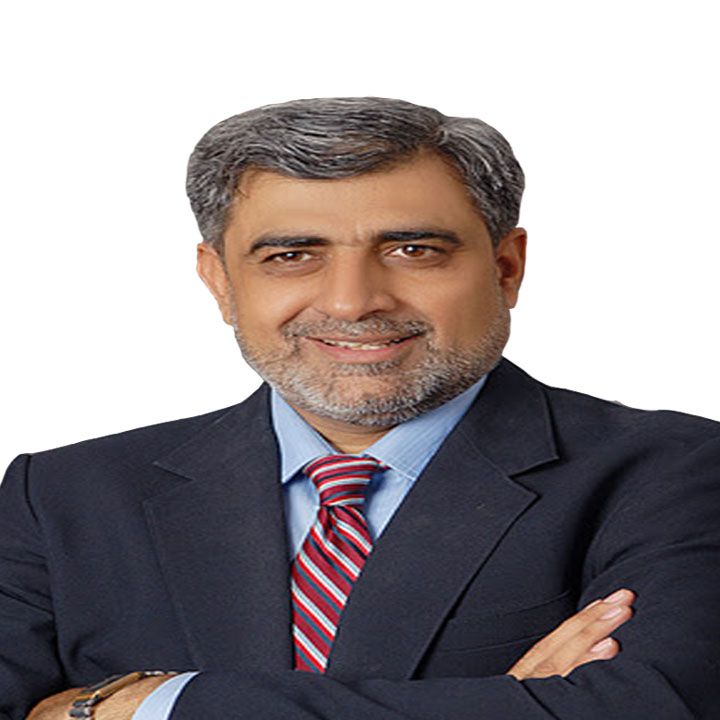“A creeping coup has taken place against the authority of the civilian government. The coup has taken place very quietly before the election,” Mr Farhatullah Babar said in a seminar [1]. “It is different from the martial law of the past, with two resulting outcomes: the civilian government exists, but has no authority; press freedom exists, but journalists have no freedom.”
 |
| Express news of March 23, 2018 |
All dictators whether they call themselves CMLA (Gen Ayub, Gen Yahya or Gen Zia) or crown themselves as Chief Executive (Gen Musharraf) clearly and unabashedly abrogated or suspended the constitution. This meant that they ordered cessation of the trichotomy of powers represented by the three pillars of democracy, namely; executive, judiciary and legislature which our constitution vests in different institutions and persons. Historically a dictator army general would announce arrogation of the powers of three pillars of democratic state in his person as the “chief” (CMLA or CEMLA). The Chief would then assume the authority of executive decision making powers (like those defined in the constitution for PM or CM), adjudication of powers of the judiciary such as those of CJP and CJs of High Courts, and the law making powers of the parliament (NA, PA). The characteristic features include censorship (suspension of freedom of expression), violation of the autonomy of courts from external meddling, and autonomy of executive organs and the autonomy of legislature to formulate laws. This seems to be the case in Pakistan in the light of various decisions over the last several months.
CJP- From Chief Justice to Chief Executive: Is he Tilting at the Windmills? describes the forays of the CJP in the domain of the executive as defined by the constitution. In the process of indiscriminate use of suo-moto for taking any action against anyone without regard to precedence or with no regard to article 10 or 10A of the constitution that defines the right of the Pakistanis to a due process of law. In doing this, CJP seems to have politicized the suo-motto powers under 184(3), which civilian governments would now try to clip eventually when they get the opportunity like 58(2)b.
 |
| Common Attributes of CMLA and CJMLA |
The table above is a sampling of the issues related to the indiscriminate use of the suo-moto powers. These were being pointed out by the SC justice Qazi Faez Isa as he was abruptly pulled out of the bench while hearing a suo-moto notice [3].
We now describe the actions today and how they resemble their counterpart in an army general led martial law as explained in the above figure comparing the CMLA dictator with CJMLA. This will be done separately under each of the following headings with references to decisions regarding each.
[work in process]
Doctrine of Necessity
Chief Executive
DoN PCO Judge becomes the CJP
The power is forcibly wrested from the civilian government through a coup
Political Engineering of Elections
Political Engineering of Supreme Court Benches
Summary Military Trials and Political Selection of Cases of Choices
Violation of Due Process of Law
Control of all the Institutions: Federal, provincial, CM, PM, NAB, Courts
Arbitrary
References:
[2] Express news of March 23, 2018
[3] Justice Qazi Faez Isa questions ‘unwarranted and unprecedented’ reconstitution of bench by CJP

Leave a Reply